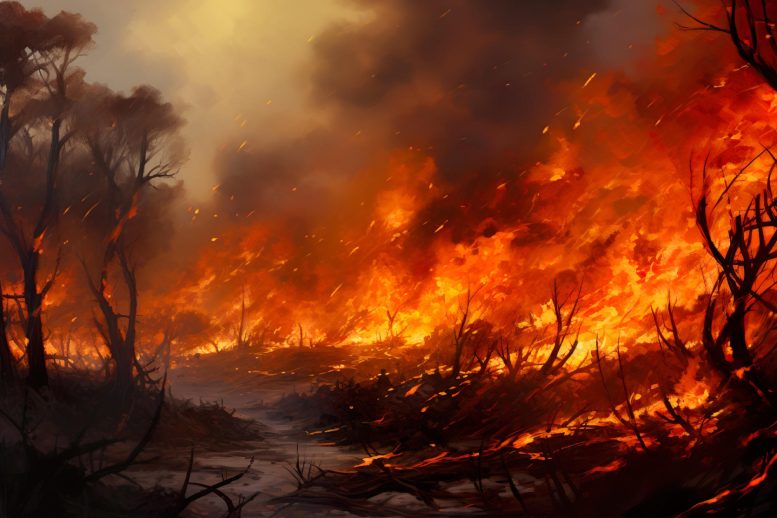
After the massive Bobcat Fire in Los Angeles in 2020, researchers studied the post-fire effects on soil and water. They found that contrary to previous beliefs, burnt soil with a waxy coating, resulting from burnt vegetation, can absorb water, contributing to greater water and debris flow in streams which can lead to increased flooding and landslide risks.
Researchers previously thought that a waxy layer in scorched soil led to water runoff on the ground. However, recent discoveries indicate that burnt terrain can indeed absorb water. These insights can aid in making more precise predictions about flooding and mudslides following a fire.
In 2020, the San Gabriel Mountains in Los Angeles County witnessed one of its most devastating wildfires, which charred over 115,000 acres and damaged or destroyed over 150 structures, blanketing already pandemic-stressed Angelenos in ash and smoke.
Yet, even after the exhausted firefighters finally subdued the raging Bobcat Fire, its aftermath posed further threats. Such “mega-fires,” increasingly prevalent due to climate change, pave the way for post-fire hazards. Rainstorms over these scorched terrains can lead to flooding, mudslides, and debris flows, exacerbating the devastation left by the fire.
Understanding how water accumulates and monitoring the movement of runoff and streamflow in burn areas helps authorities predict when and where these post-wildfire events might occur so they can provide affected residents with early warning of flash flooding and debris movement.
A slippery slope
Common knowledge has long held that loss of vegetation during a fire leaves the soil vulnerable to erosion because the plant roots that hold the soil in place wither and die. Scientists, however, have long held a different view, that as leaves burn, their waxy coating forms an organic, oily substance on the soil’s surface. This waxy coating creates a water-repellant layer at or near the surface. Scientists believed this layer prevented the ground from absorbing water, resulting in rapid water runoff akin to a Slip ‘N Slide that carries mud and debris.
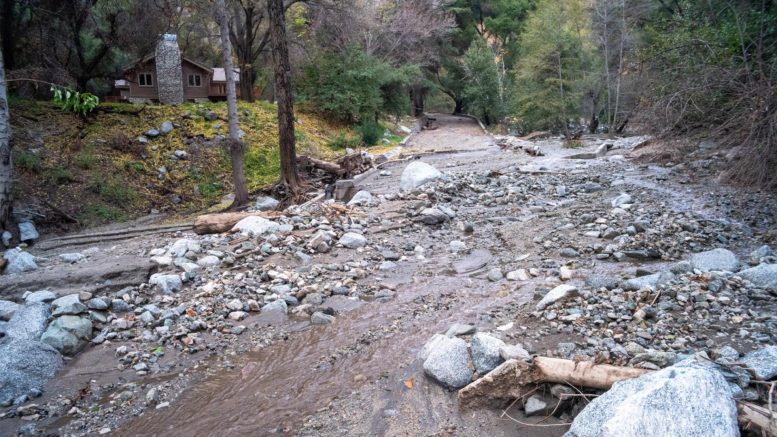
Rainstorms about a year after the Bobcat Fire washed mud, rocks, tree branches, and other debris through Monrovia Canyon Park 30 miles northeast of USC’s University Park Campus. Credit: Courtesy of City of Monrovia.
New research published in Nature Communications has called that scientific theory into question.
A watershed finding
Scientists at the USC Dornsife College of Letters, Arts, and Science, in collaboration with researchers from the University of Michigan, the U.S. Geological Survey, and Rutgers University, monitored two wet seasons following the Bobcat Fire, from December 2020 to March 2022. The team concluded that water was, in fact, being absorbed by the burnt ground that contained this waxy coating.
Specifically, the team studied three watersheds — areas of land that drain rainfall and snowmelt into streams and rivers — in Southern California’s San Gabriel Mountains. Two of the watersheds burned during the 2020 Bobcat Fire and the other was mainly untouched.
The researchers found that post-wildfire, a significant portion of the water flow in all three watersheds came from water that had been absorbed in the ground.
Joshua West, professor of Earth sciences who led the study at USC Dornsife, said it was no surprise that the flow of water and debris in the burned area’s stream was four to 10 times greater than the flow in the unburnt area’s stream. What he didn’t expect was that stormwater had permeated the ground in both of the burnt watersheds.
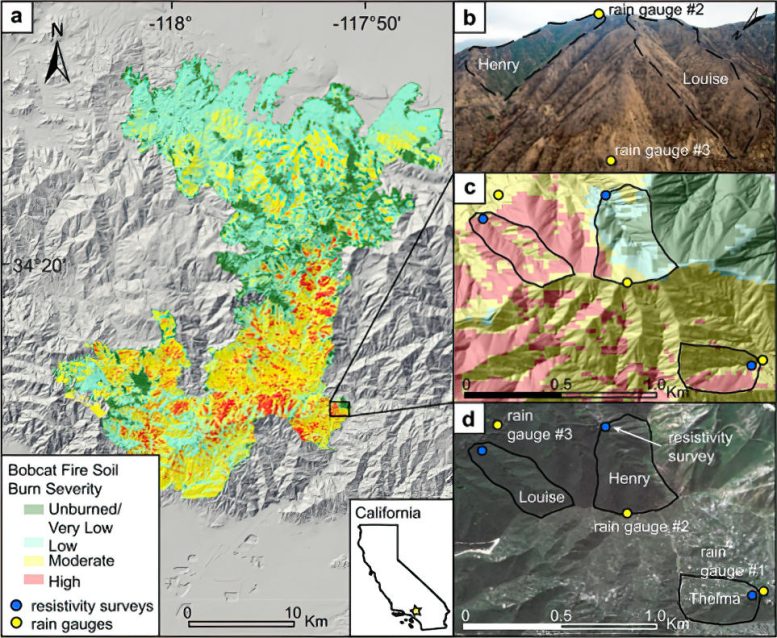
Images of the 2020 Bobcat Fire area indicate soil burn severity and the locations the researchers studied. Credit: a- USDA Forest Service; b- A.J. West; d- Pléiades ©CNES, Distribution AIRBUSDS, sourced via SkyWatch Space Applications Inc., and USGS 3D Elevation Program.
This finding contradicted scientists’ previous beliefs that little water would be absorbed in the burnt watershed due to the presence of waxy soils.
In the unburnt watershed, however, the researchers found that trees absorbed the water as anticipated, preventing it from reaching streams.
West and Ph.D. candidate Abra Atwood surmised that, in keeping with the popular notion, increased water in rivers originated from the burnt areas because burned trees and vegetation could not retain water in their roots as they normally would, but not from the inability of the soil to absorb water.
The research team’s finding that the water-repellant layer does not prevent water from being absorbed into the soil strengthened their hypothesis that the water in streams comes from both rainfall and groundwater, leading to increased flooding in burnt areas versus unburnt.
Water build-up poses an enduring threat
Identifying areas that are at high-risk for debris flow and mudslides and accurately predicting the amount of debris flow following rainfall in burn areas depends on understanding how water infiltrates the soil in different areas and how it contributes to the flow of streams.
Also, the dynamics of water flow and how water accumulates below the surface can significantly impact how quickly landscapes recover after a wildfire. This recovery affects the stability of hill slopes and helps buffer forests against severe drought.
On the flip side, water accumulation can contribute to landslides for up to four years after a fire as pressure builds up in the soil.
“The underground water accumulation suggests that the potential for landslides extends far beyond the two years following the fire, posing an enduring problem,” West said. “The abundance of water stored in areas affected by the Bobcat Fire, for example, could serve as a harbinger of future flooding concerns in the years to come.”
West is confident that the study’s findings hold important information that can be used by the USGS to improve burn area monitoring and predict flooding and mudslides after a wildfire.
Reference: “Importance of subsurface water for hydrological response during storms in a post-wildfire bedrock landscape” by Abra Atwood, Madeline Hille, Marin Kristen Clark, Francis Rengers, Dimitrios Ntarlagiannis, Kirk Townsend and A. Joshua West, 29 June 2023, Nature Communications.
DOI: 10.1038/s41467-023-39095-z
Funding was provided USC Dornsife’s Department of Earth Sciences and the National Science Foundation.

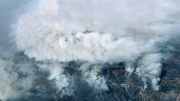
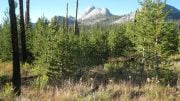
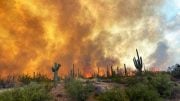
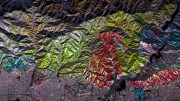
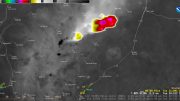
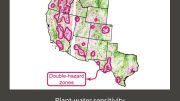
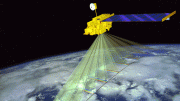
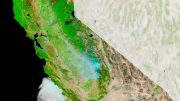
“Such “mega-fires,” increasingly prevalent due to climate change, …”
Not to mention suppression of wildfires, leading to a build-up of fuel, and increasing arson. Do you really think that an increase of average global temperature of about 0.5 deg C in the last 50 years will make that much difference in flammability in a state that goes 6 months without significant rain and commonly sees temperatures over 38 deg C? And, the fires aren’t exclusively associated with the very hottest days. Fires are common on Summer days when the highs are unremarkable.
There is also an issue that formerly, most of California’s population was either in cities that were ports, like San Francisco or Sacramento, or were farmer’s homes on flat land near their fields. Landslides were largely out of sight and of little practical consequence. Starting about 50 years ago, people started encroaching into the wildlands of the foothills of the Sierra Nevada. That provided more opportunity for arson, and when landslides and floods occurred, resulted in financial losses.
I’m tired of people blaming “climate change” for problems when there is room for blame all around.
https://i0.wp.com/wattsupwiththat.com/wp-content/uploads/2023/08/image-47.png?ssl=1